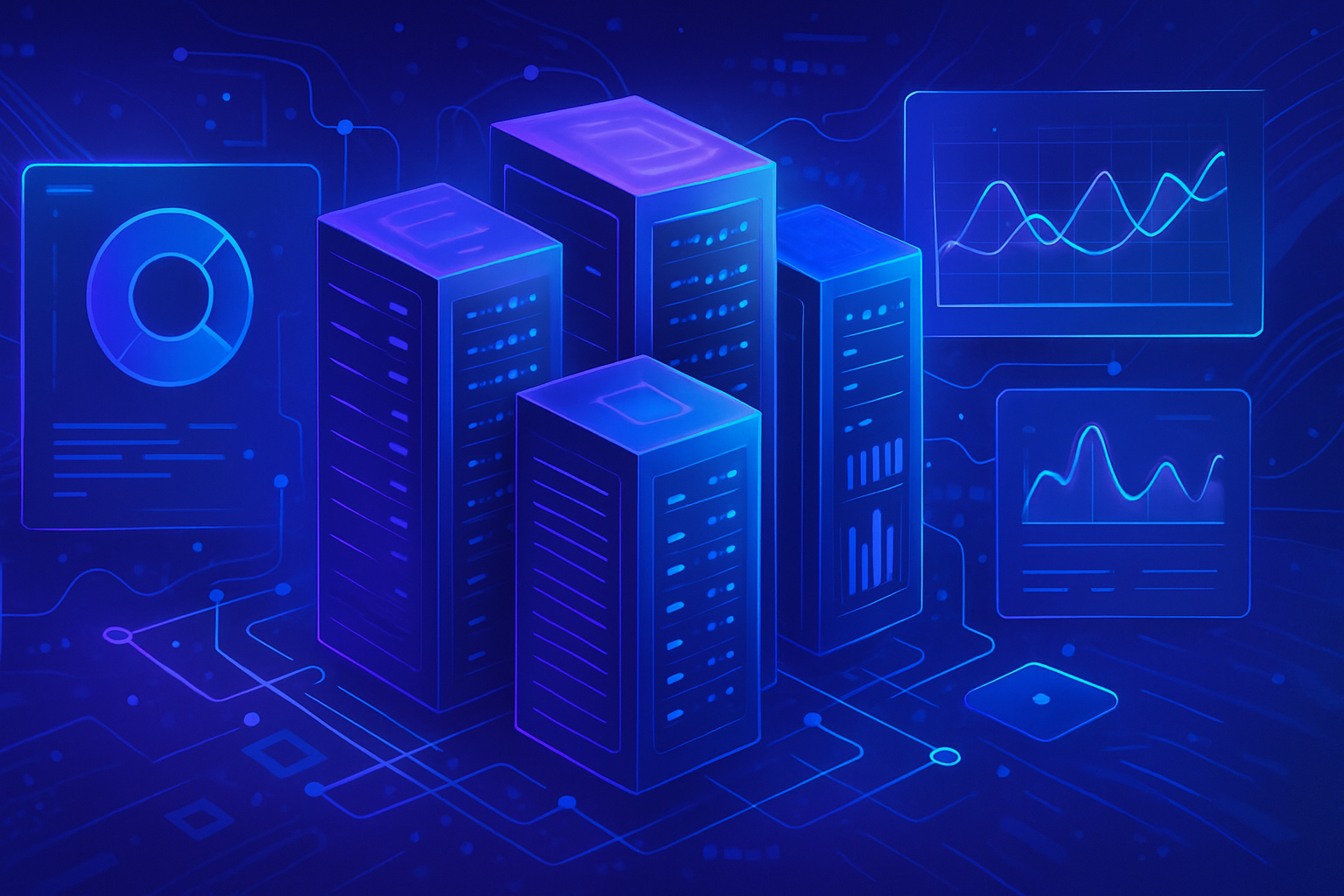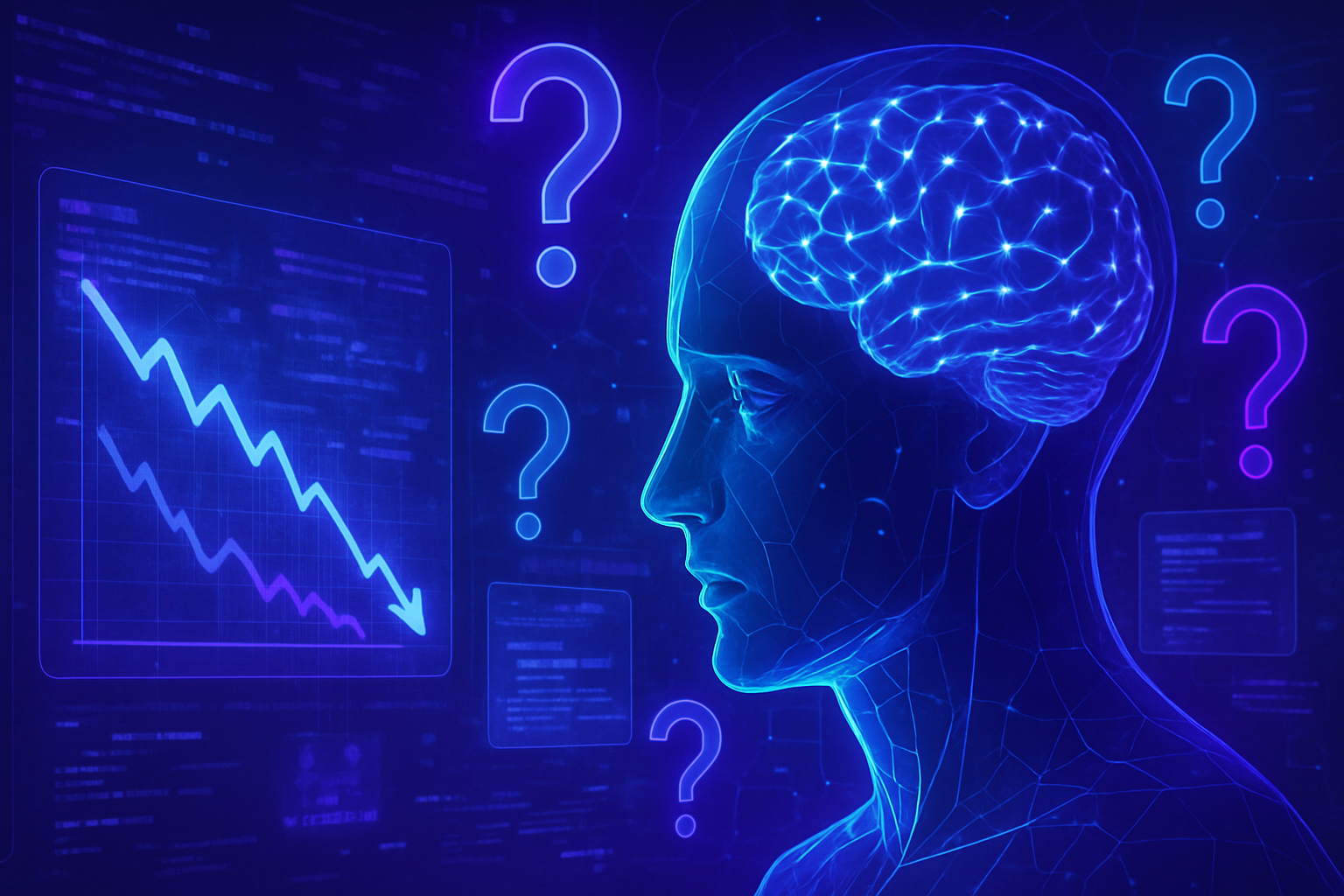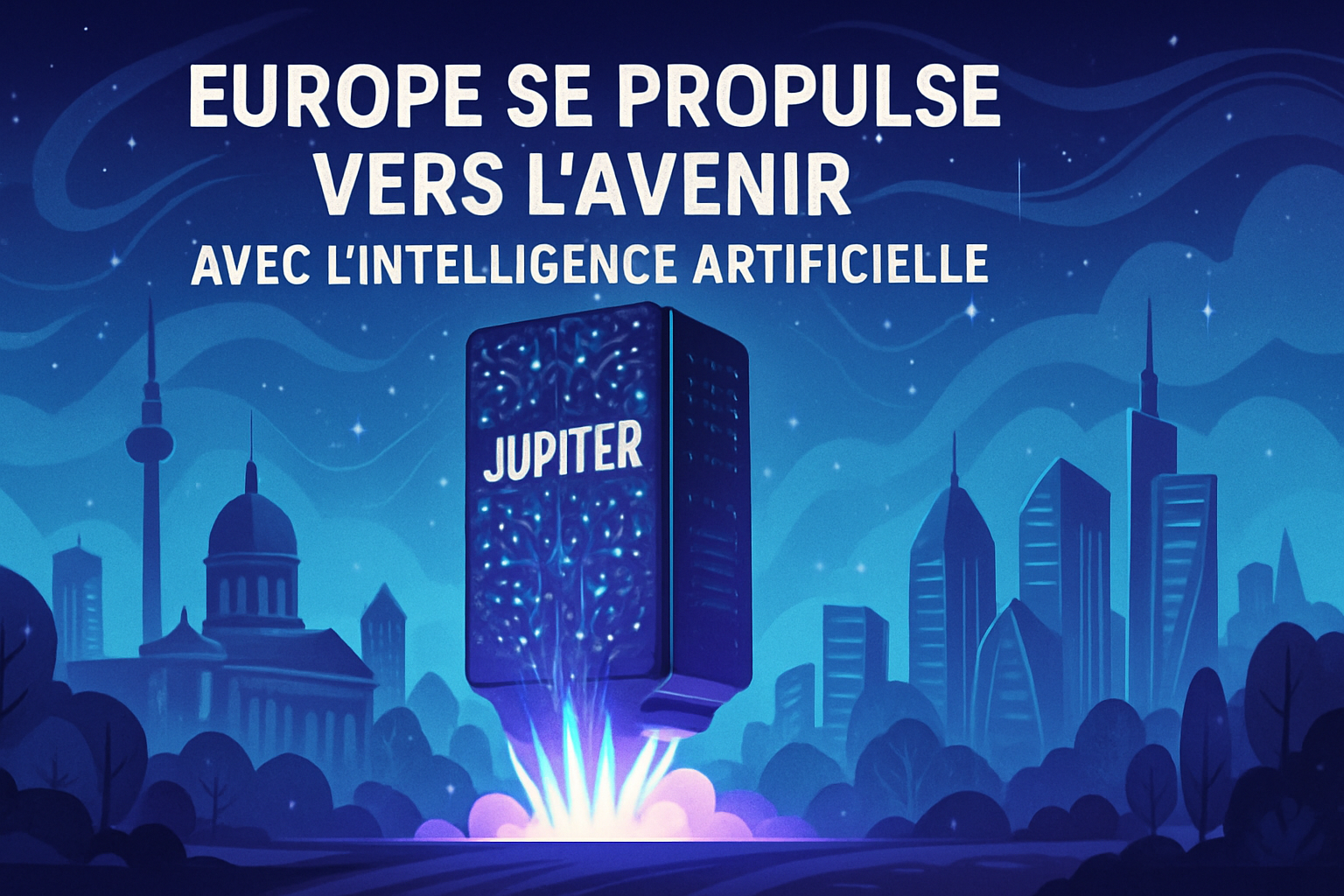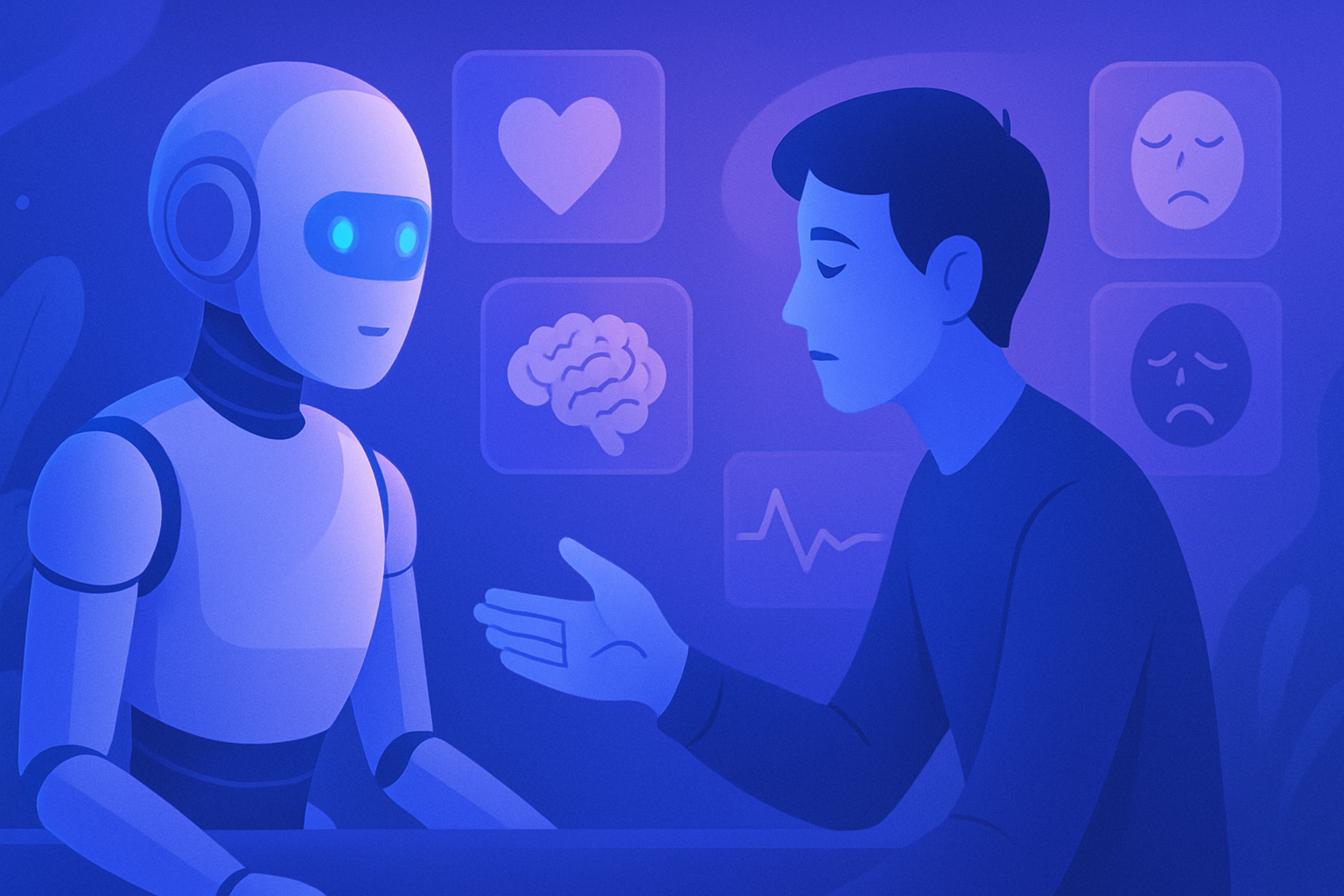The worrying rise of child sexual abuse images generated by artificial intelligence is spreading at an alarming speed. Organizations and investigators are questioning this *new form of delinquency* that complicates the fight against abuse. This technology, once seen as an advancement, today reveals a dangerous potential that exploits human vulnerability.
The growing number of illegal content raises *fundamental ethical questions* regarding the responsibilities of creators and the protection of potential victims. Law enforcement must now adapt to a changing digital landscape, where the line between the real and the virtual becomes indistinct. Society, in turn, must question the consequences of this *dystopian digital universe* on younger generations.
The concerning increase of AI-generated content
Artificial intelligence technologies are experiencing rapid growth, transforming various sectors. However, this advancement is accompanied by an alarming drift: the creation of child sexual abuse images by sophisticated programs. This proliferation piques the interest of law enforcement as well as child protection organizations, which denounce a real scourge. Investigators are faced with a situation where the distinction between reality and fiction is becoming increasingly blurry.
A striking case with judicial consequences
The recent trial of a 29-year-old man in Denmark illustrates this new issue. He was arrested for possession of 36,209 child sexual abuse images generated by artificial intelligence. In response to these charges, he tried to justify his actions by claiming that these creations prevented the consumption of real images. This argument, although complex, was not accepted by the justice system, which sentenced him to 15 months in prison.
The response of authorities and protection organizations
Law enforcement, confronted with this innovative mode of operation, is questioning the adaptation of their methods. Investigations conducted by Europol have identified several dozen suspects in multiple countries, but the challenge remains colossal. Child rights advocacy organizations emphasize the urgency for stricter legislation and better international cooperation. The need to educate the public about the dangers of these technologies is also becoming paramount.
The impact on research and the fight against pedocriminality
Content created by artificial intelligence raises ethical and legal questions. Digital security specialists advocate for the use of artificial intelligence tools to combat these online abuses. Initiatives like that of the Ministry of the Interior support investigators in their tasks, providing essential resources to track the users of these images. AI tools are now at the heart of deployed strategies.
The social and psychological consequences
This progression of AI-generated images exacerbates broader social issues. The normalization of the consumption of images of children, even fictitious ones, worries mental health professionals. They highlight the corrosive effects of such exposure on the perception of young people. Children must be provided with enhanced protection against this potentially toxic digital environment.
Calls to action and future perspectives
In the face of this emerging threat, experts are calling for collective mobilization. The need to further raise public awareness, inform, and educate about the dangers of AI-generated content is imperative. Increased vigilance is essential to prevent the exploitation of images of children. Legislation and judicial actions must evolve to counter these new practices.
Confirmation of a tipping point for authorities
Reports indicate that the images of sexual abuse against children generated by AI are reaching a tipping point. Authorities must respond urgently, reassessing their priorities in digital security. It becomes necessary to anticipate exacerbating trends in this field to protect youth.
Questions and answers about the rise of AI-generated pedocriminal images
What is an AI-generated child sexual abuse image?
AI-generated child sexual abuse images are visual content created using artificial intelligence programs, imitating representations of children in abusive situations without using real children.
Why is the rise of these images problematic?
This trend raises significant ethical and legal concerns, as it facilitates the consumption and distribution of illegal content while risking the normalization of abuse against children.
What measures are being taken to counter this phenomenon?
Law enforcement collaborates with specialized agencies like Europol to identify and prosecute the creators and distributors of such images. Additionally, discussions about stricter regulations regarding AI are underway.
How do child protection organizations respond?
Organizations express deep concern about this development and call for increased vigilance, stressing the need to raise public awareness and strengthen laws regarding child protection.
Can we prevent the creation of these contents with current technology?
While there are advanced detection tools, completely preventing the creation of illegal content is challenging, given the rapid evolution of AI technologies and the creativity of their users.
What risks does a person involved in the creation or distribution of these images face?
Individuals involved expose themselves to legal action that can lead to prison sentences, as well as significant social and professional repercussions.
What is the psychological impact on potential victims?
Although these images are generated and do not represent real children, they can have real psychological consequences, harming the perception of abuse and fueling inappropriate behaviors.





